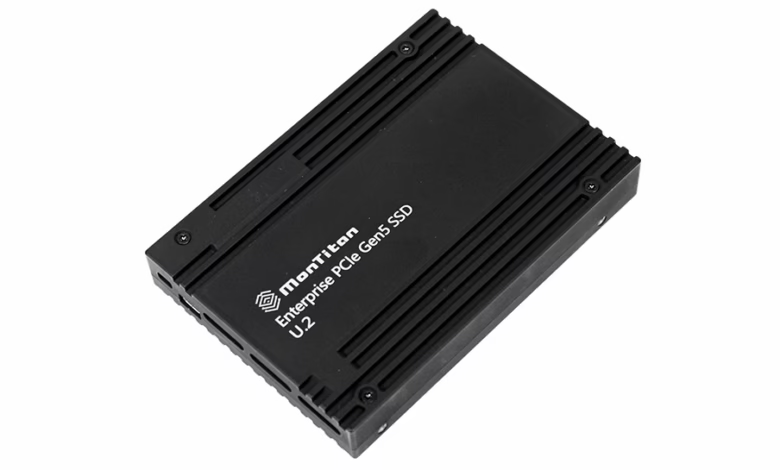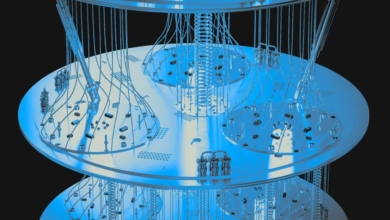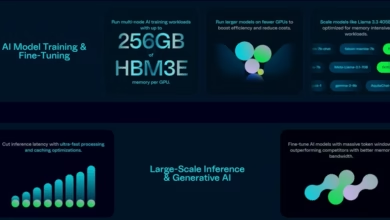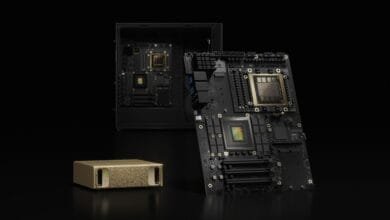MonTitan SSD: AI & HPC Powerhouse Faces Market Challenges

▼ Summary
– The MonTitan SSD platform, featuring Silicon Motion’s SM8366 PCIe Gen5 controller, delivers high performance with 3.4 million IOPS and 14.2GB/s sequential speeds, targeting AI and data center workloads.
– Despite its strong specs, the MonTitan SSD may have missed its optimal market timing, entering years after the AI infrastructure race began.
– Silicon Motion faces intense competition from vertically integrated NAND manufacturers like Samsung and SK Hynix, who now develop their own controllers.
– The SM8366 controller includes advanced features like PerformaShape for QoS tuning and hardware-level isolation, ensuring consistent performance across workloads.
– Reviewers praised the MonTitan SSD’s low latency, predictable IO delivery, and endurance, but its commercial success is uncertain due to market dynamics.
Silicon Motion’s MonTitan SSD delivers cutting-edge performance for AI and high-performance computing, but market dynamics may limit its impact. The long-awaited enterprise storage solution showcases impressive technical capabilities, though timing challenges and shifting industry trends could hinder widespread adoption.
Early benchmarks reveal the 7.68TB MonTitan SSD achieves remarkable speeds of 14.2GB/s sequential read and 3.4 million IOPS, backed by the advanced SM8366 PCIe Gen5 controller. Designed for AI, edge computing, and data center workloads, it supports NVMe 2.0b and OCP specifications while maintaining low idle power consumption under 5W. The drive’s 1 DWPD endurance rating ensures reliability for write-intensive applications, with the ability to rewrite data nearly 2,000 times over its lifespan.
What sets the platform apart is its PerformaShape technology, a firmware-based algorithm that dynamically adjusts performance based on user-defined QoS requirements. Combined with hardware-level isolation, this enables consistent throughput across mixed workloads, a critical feature for modern infrastructure. Independent testing highlights its dominance in low-queue-depth scenarios, with reviewers praising its predictable latency and efficiency.
However, Silicon Motion faces an uphill battle against vertically integrated competitors like Samsung and SK Hynix, which now develop controllers in-house. While the MonTitan’s technical merits are undeniable, the AI storage market has evolved rapidly, prioritizing ultra-high queue depths that favor established players. The delayed commercialization of the platform may further limit its ability to gain traction, despite its engineering excellence.
For enterprises evaluating storage solutions, the MonTitan represents a compelling option for specialized use cases. Yet broader market success will depend on whether Silicon Motion can differentiate itself in an increasingly consolidated industry where controller innovation alone may not be enough.
(Source: TECHRADAR)



